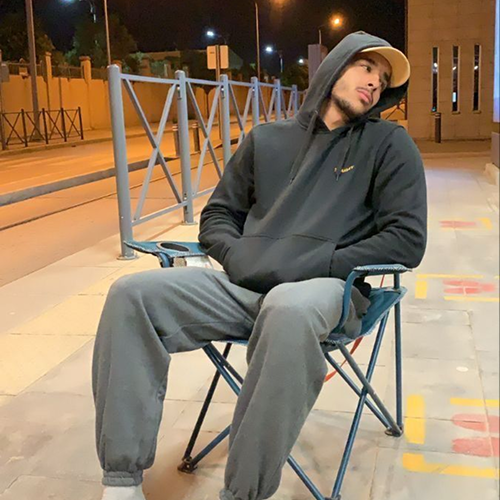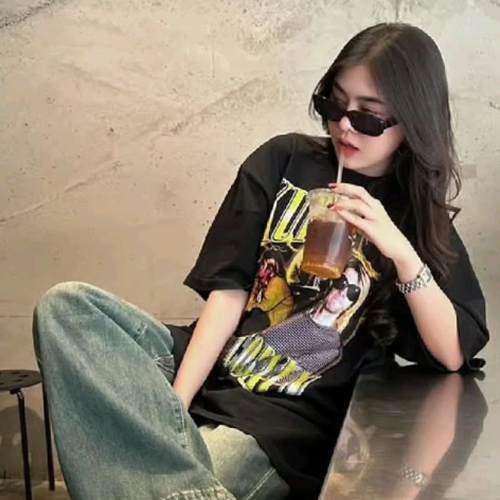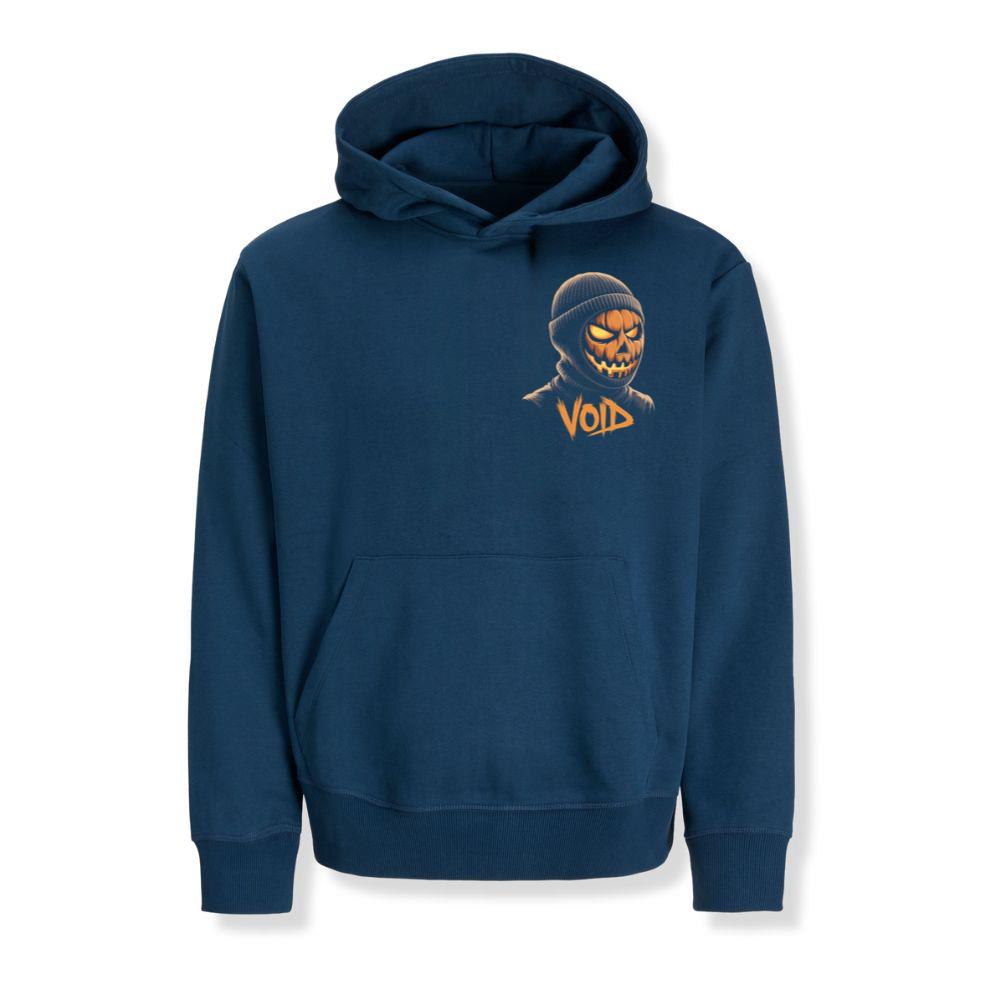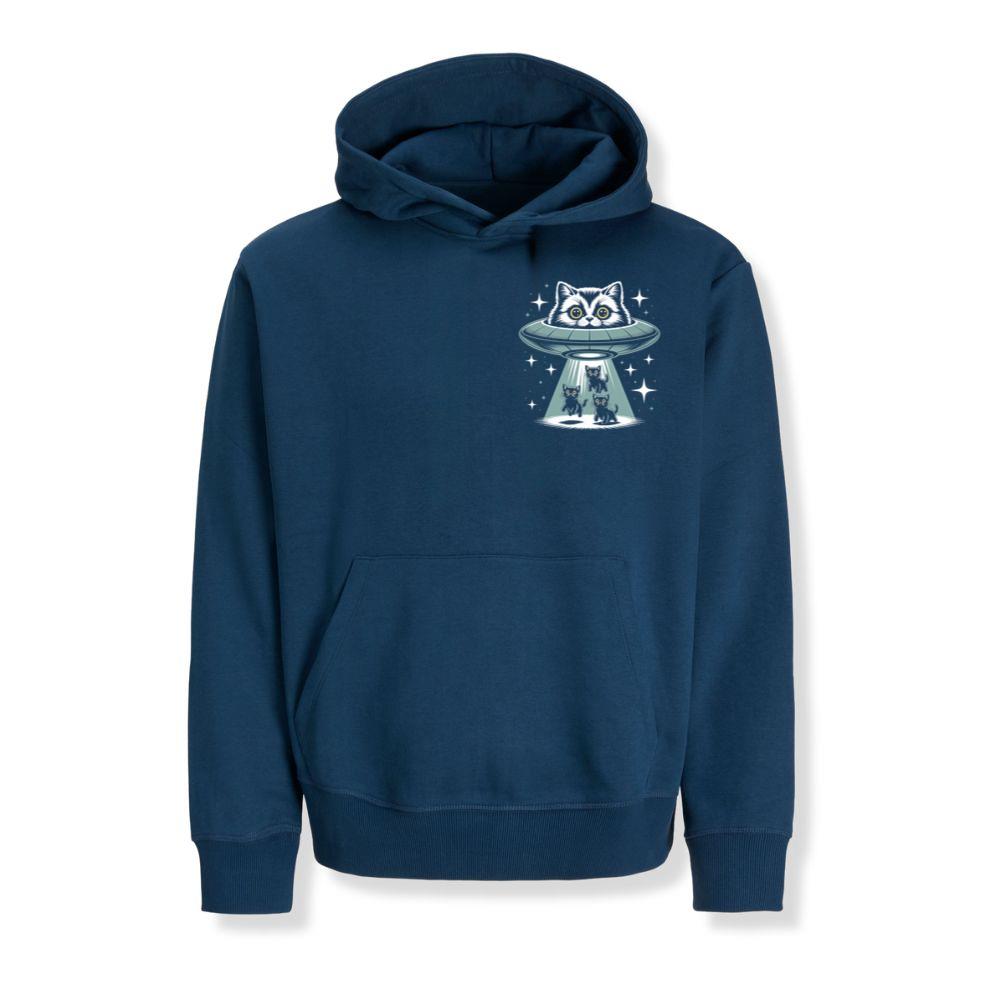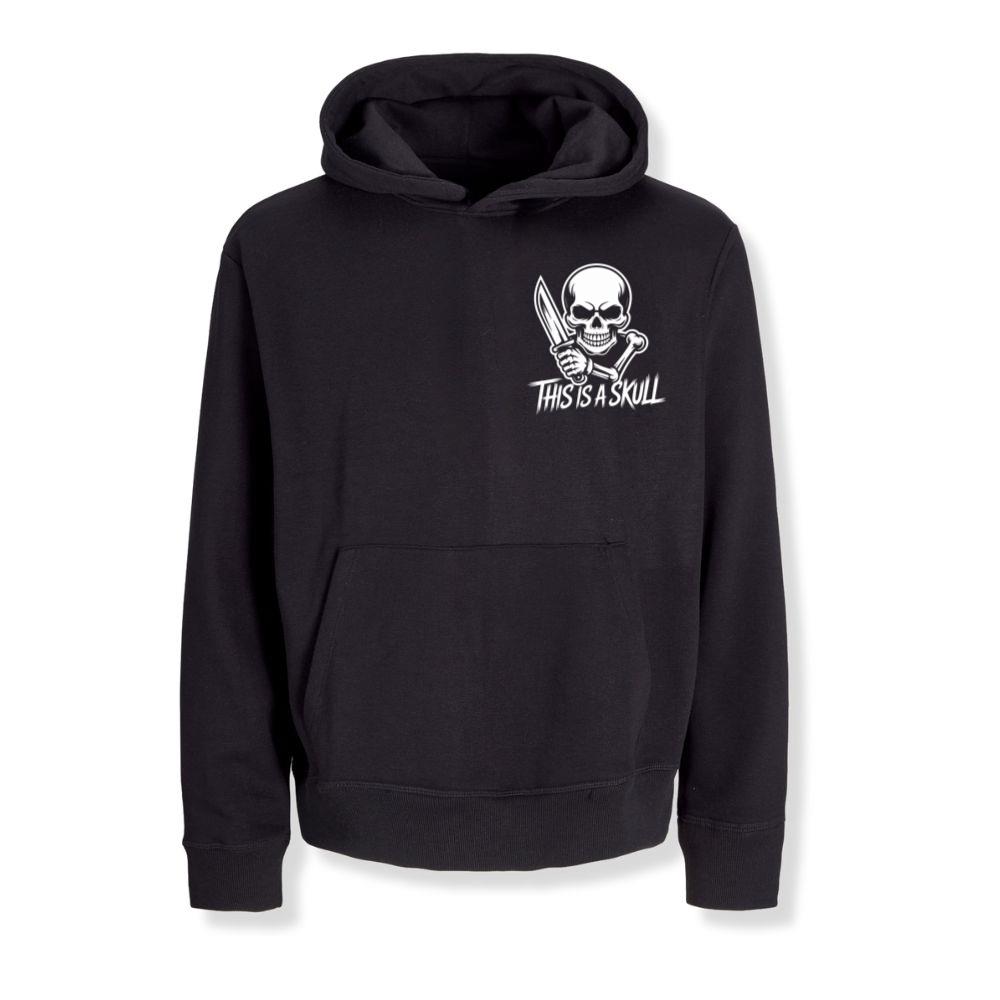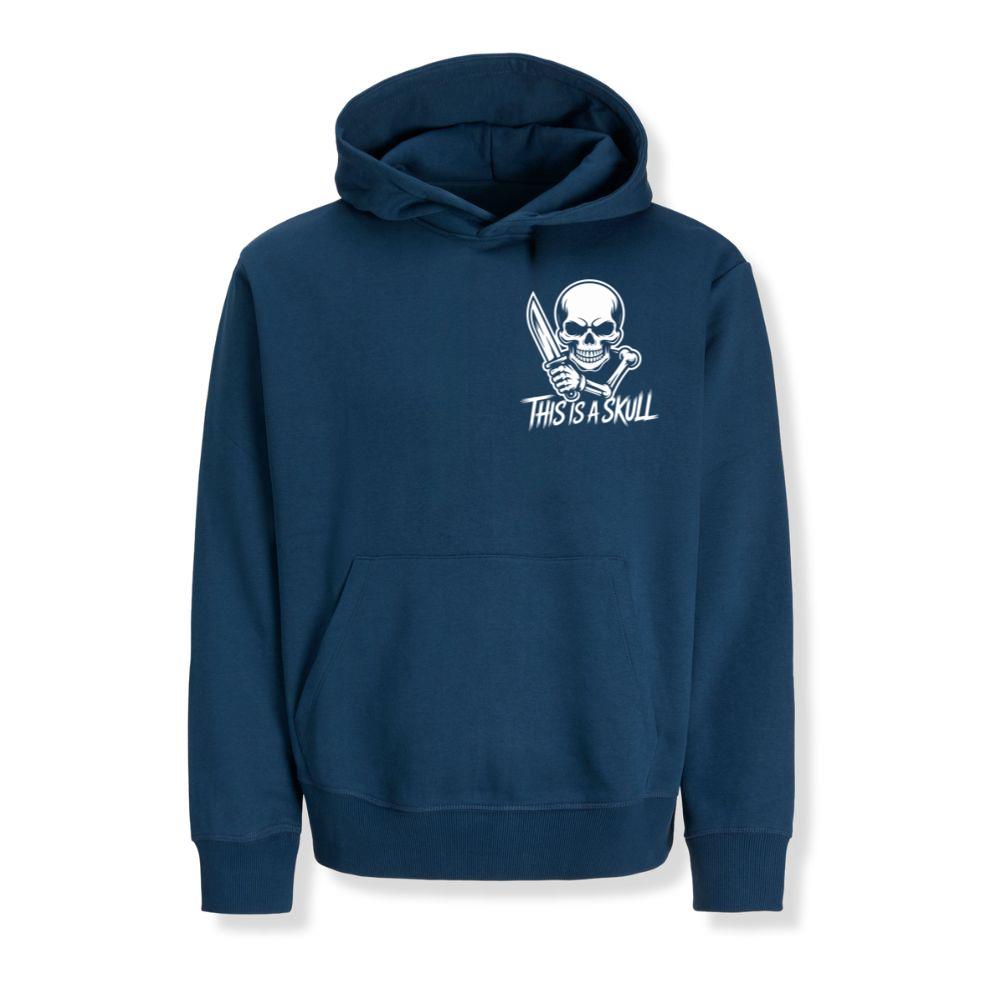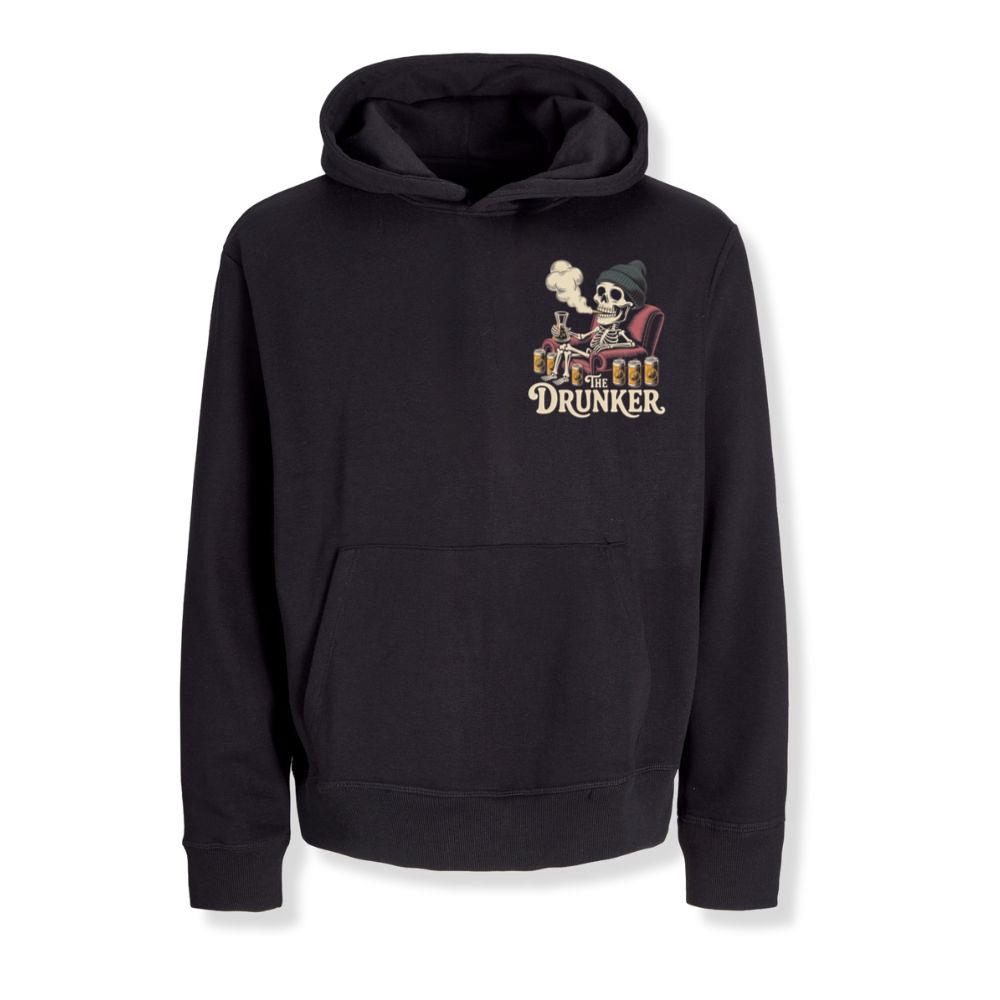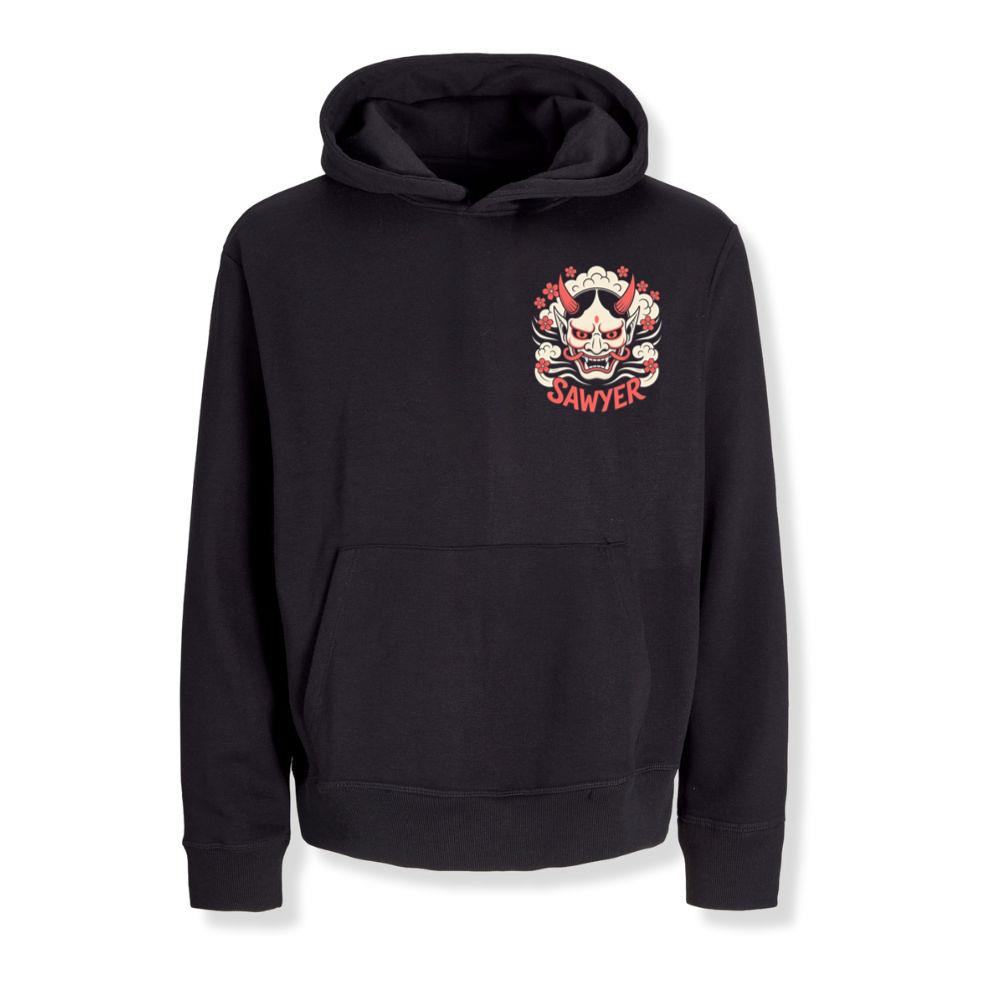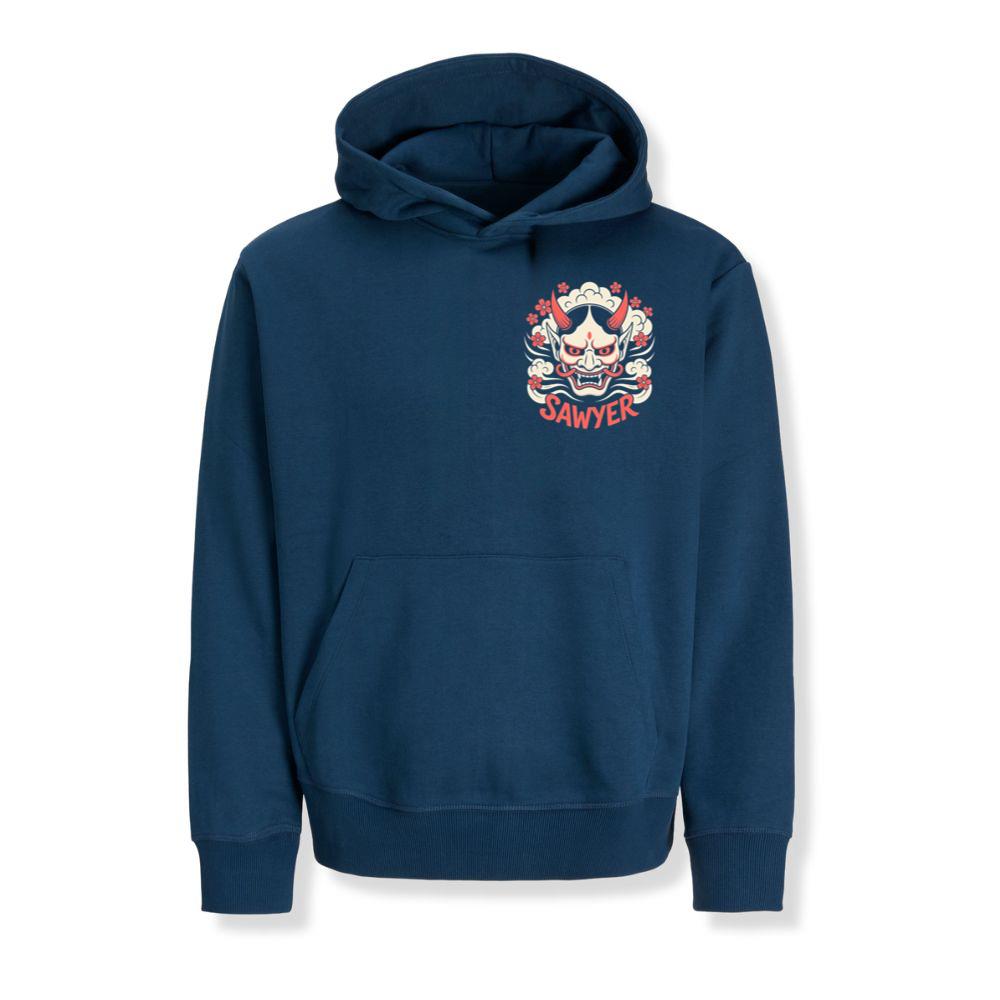Introduction: From Street to Suite
Once dismissed as a symbol of rebellion and anonymity, the hoodie has quietly climbed to the top of the modern wardrobe.
Once associated with skate parks, college dorms, and underground hip-hop, it’s now spotted in boardrooms, luxury boutiques, and high-fashion editorials.
The hoodie has done what few garments could: it has transformed comfort into status.
It’s no longer about dressing to impress — it’s about dressing with purpose, confidence, and ease.
In an age that celebrates authenticity over pretense, the hoodie is the perfect reflection of our times.
The Birth of a Street Legend
The hoodie began humbly — as workwear.
In the 1930s, companies like Champion designed hooded sweatshirts for warehouse laborers in freezing conditions. The hood wasn’t about style; it was about practicality — a way to stay warm while working.
But by the 1970s, something changed.
The hoodie was adopted by athletes, skaters, and hip-hop artists who made it part of their identity.
It became armor — protection from the cold, but also from a world that didn’t always understand them.
Then came movies like Rocky — with Stallone’s gray hoodie becoming a symbol of grit and determination. The hoodie was no longer just clothing; it was attitude.
The Hoodie as Rebellion
By the 1990s, the hoodie carried a new cultural charge.
It was the uniform of the outsider — from skateboarders defying suburban norms to rappers challenging authority.
Mainstream media often misread this — labeling the hoodie as dangerous or defiant.
But in truth, the hoodie wasn’t a threat. It was freedom.
It gave people a way to move through the world unseen, unjudged, and unapologetically themselves.
That anonymity became its superpower.
The Rise of the Hoodie in High Fashion
The 2010s marked the hoodie’s greatest transformation.
Designers like Virgil Abloh, Demna Gvasalia, and Riccardo Tisci began bringing it to runways and luxury collections.
Balenciaga’s oversized hoodies, Vetements’ ironic prints, and Fear of God’s neutral-toned pieces proved one thing:
The hoodie had arrived — and it wasn’t leaving.
What once symbolized rebellion now represented relaxed power.
The elite began dressing down — not because they didn’t care, but because they didn’t need to prove anything.
Comfort Is the New Luxury
Fashion used to be about discomfort — tight suits, high heels, and rigid formality.
But after years of global change, a shift happened: people began prioritizing comfort, freedom, and authenticity.
The hoodie became the luxury garment of the modern age.
Made from cashmere, brushed fleece, organic cotton, and heavyweight French terry, today’s high-end hoodies combine craftsmanship with ease.
A $900 hoodie from The Row or Amiri isn’t about showing wealth — it’s about owning time, space, and comfort. It’s a subtle flex: I move at my own pace.
Design Philosophy: Subtle, Structured, Sophisticated
The modern hoodie isn’t sloppy. It’s intentional.
- Fabric:
Premium materials — heavyweight cotton, bamboo blends, and loopback terry — provide structure and drape. - Fit:
- Relaxed: Effortlessly confident.
- Cropped: Edgy and modern.
- Oversized: Cozy yet composed.
- Tailored: Smart enough for a dinner out.
- Details:
Clean lines. No logos, or a single embroidered mark. Hidden zippers.
The art of restraint defines the new hoodie aesthetic.
Cultural Reinvention: From Workwear to Lifestyle
Today, the hoodie transcends background, class, and geography.
It’s worn by students, CEOs, and celebrities alike — proof that style has democratized.
Mark Zuckerberg famously made it his work uniform, symbolizing the death of the corporate suit.
Rihanna, Kanye West, and Hailey Bieber turned it into a celebrity staple, mixing it with heels, gold chains, and tailored coats.
The hoodie has become the perfect metaphor for modern culture: casual, confident, and boundaryless.
The Psychology of the Hoodie
Why do we love hoodies so much? Because they give us something no other garment does — comfort that feels personal.
When you pull that hood over your head, you create a small world of your own. It’s safety. It’s warmth. It’s peace.
Psychologists even suggest that oversized clothing can act like emotional armor, helping people feel protected in overstimulating environments.
The hoodie isn’t just fashion — it’s self-care in fabric form.
Sustainability and Ethical Design
The hoodie industry is also embracing sustainability.
From recycled polyester blends to natural dyes and waterless washing processes, eco-conscious design is now central to its evolution.
Brands like Pangaia, Patagonia, and Cole Buxton are proving that comfort doesn’t need to cost the planet.
Owning fewer, higher-quality hoodies is not just smarter — it’s a statement of mindful living.
How to Style the Modern Hoodie
The hoodie is no longer reserved for the couch or the gym.
It’s a style chameleon — capable of fitting into any aesthetic with the right context.
Ways to Wear It:
- Street Luxe: Pair an oversized hoodie with cargo pants and high-top sneakers.
- Smart Layer: Under a wool coat with tapered trousers and Chelsea boots.
- Minimalist Uniform: Matching hoodie and sweatpants set in monochrome tones.
- Sport Core: With cycling shorts and chunky sneakers.
- Workwear Remix: Under a denim jacket with carpenter pants and boots.
The key is proportion — structure meets slouch.
Genderless and Universal
Like the T-shirt, the hoodie has broken free from gender boundaries.
It’s one of the few garments that looks equally strong on everyone — regardless of body type or style identity.
Designers are embracing unisex sizing, focusing on versatility over segmentation.
Fashion’s future is inclusive, and the hoodie is leading the charge.
The Hoodie in Pop Culture
The hoodie has seen every side of society — from misunderstood symbol to pop culture crown.
Artists like Travis Scott, Billie Eilish, and Drake have turned it into a status marker of cool.
Brands like Off-White, A-COLD-WALL, and Essentials by Fear of God have redefined it as a piece of luxury architecture — soft, sculptural, and iconic.
Even movie characters — from Spider-Man’s street looks to Euphoria’s casual youth aesthetic — remind us that the hoodie belongs everywhere.
The Emotional Thread: Why It Matters
The hoodie isn’t just popular; it’s personal.
It’s the piece we reach for when we’re tired, when we’re traveling, when we just want to feel like ourselves.
It absorbs our routines — the morning coffee, the late-night walk, the road trip.
It carries warmth, both literal and emotional.
That’s why it never goes out of style — it’s tied to the rhythm of life itself.

